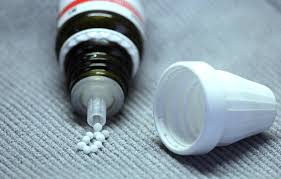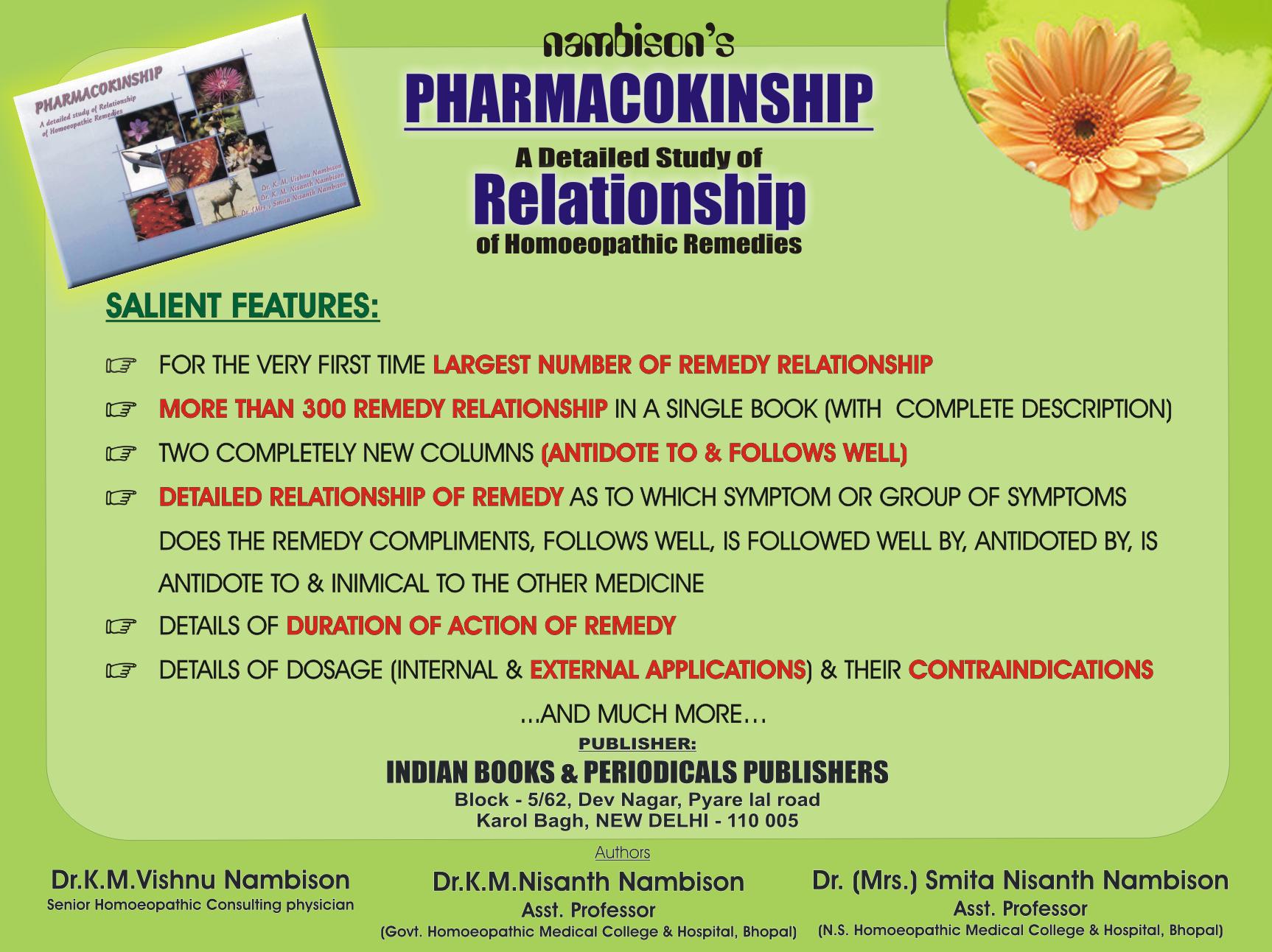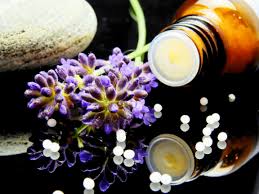
Here we have, no doubt, one of the greatest remedies known to Materia Medica, but I wish to impress upon the mind of the pharmacist, as well as the practitioner, that much carelessness is manifest in the gathering and preparation of the drug; insist and know that it is made from the green root, that it is an alcoholic tincture, and that it is Echinacea angustifolia (DeCandolle)
Echinacea angustifolia is a stimulant, diaphoretc, diuretic, sialagogue, cathartic and antipyretic. It increases the heart’s action, diminishes the frequency of the pulse, contracts the large arteries and veins. It causes rapid reoxygenation of the blood, increases the leucocytes and red corpuscles; an antiseptic, bactericide and germicide. Its greatest value as a restorative agent is found in septic or other poisons, where the ptomaines and leucomaines are present. That it does arrest these most dangerous septic conditions there can be no doubt.
Puerperal septicaemia, gangrene, the bite of venomous reptiles, tetanus and rabies are relegated to inocuous desuetude. (I am not to blame if this is not the proper sequence).
All diseases of microbic origin or due to bacilli or of a tuberculous character are benefited by its use. As an antisyphilitic it has no equal; in cancerous and all morbid growths it has direct action; it stimulates the action of the kidneys, relieves hyperaemia and congestion, and is valuable in albuminuria. Echinacea came first to my notice through Dr. Meyer, of Pawnee City, Neb, over twenty years ago, from whom I obtained a quantity of the tincture. I first used it as an antisyphilitic with success; found it a very efficient remedy in diphtheria and typhoid fever, inflammation of the bowels and appendicitis. Fifteen years ago i successfully removed a uterine fibroid, using it locally as well as internally. Thirteen years ago I had a case of carcinoma of the uterus and have a very interesting specimen, the result of its use which became nucleated and sloughed out.
Many important discoveries have been made along the line already spoken of, some of which i will enumerate:
In cases of diabetes mel., insipidus, or albuminuria I have found no other remedy its equal.
Those uraemic conditions incident to these cases, even to the degree of coma and convulsions, are almost immediately relieved.
Scarlet fever is generally benefited by its use, especially those post scarlatinal complications, anaemia, and general anasarcous conditions with albuminuria. As an agent in typhoid fever, the history of over one hundred cases, it is found to be one of the best general remedies.
In diphtheria during an epidemic eighty cases were recorded without a death; and all were given Echinacea as the standard remedy. In consultation, one typical case was taken, when a family of six were stricken with the disease. A boy of ten years was selected for a trial of antitoxin; after two injections of 2,000 units the next morning the boy’s entire body was covered with blebs, and his condition became serious.
There. In no remedy that so surely fulfills the requirements of this class of conditions, whose action is so direct and can be pressed to the maximum dose with out the least fear of toxic effect, as Echinacea.
I have given two ounces of the tincture made from the green root, within four hours, in a case of diphtheria, when the temperature was 103.6, patient very restless, breathing labored, eyes glassy, pupils contracted and all the symptoms approaching a septic condition.
The patient fell into a refreshing sleep, lasting nearly six hours. The skin became moist, the breathing natural. Upon awakening, temperature was 99. All unpleasant symptoms subsided during the day and the patient convalesced without further treatment. The case was a physician 45 years old. I asked him what physiological action, if any, was enumerated. He said that the action was not unlike that produced by drinking strong coffee. When he awakened from his sleep he felt refreshed and knew he was better.
Tetanus; The record of four cases in which Echinacea was given in large quantities establishes the fact that we have in this a remedy which is not only reliable but of great value.
Rabies: I was called upon to treat two children, aged four and six, who had been bitten by a rabid dog, on December 28th, 1902. Both had been bitten in the face and through the upper lip. I will not go into detail, only to say that all facts proved that the dog was rabid. I made a 50 per cent. Solution of Echinacea and gave 4 and 6 drop doses every four hours and followed it for nearly sixty days. The children, two girls, have evidenced no symptoms of rabies to date and I don’t believe they ever will.
I will report a case from a mechanical injury: A freight conductor whose hand had been injured several days before, while coupling cars along the line of railway of which I am surgeon. A local surgeon had charge of the case, and as it became serious, he was sent to Chicago to me. I found the thumb, first and second fingers, together with the carpal portion of the hand, in a gangrenous condition. The bone of the three digits fractured, inflammation extending nearly to the shoulder. The active inflammatory condition being such that to me amputation did not seem to offer any chances of relief, and at any rate without the loss of the arm. The case was one which involve many complications. To take off the arm meant permanent injury, and, perhaps, legal proceedings, and to leave it on, possibly something more than were indicated, until a line of demarkation was established? Echinacea here presented itself. After thoroughly irrigating with bichloride solution, I carefully dressed the hand with sterilized gauze, upon which I applied a roller bandage nearly to the shoulder. I made a prescription of Echinacea, aqua dist., aa 4.oz., and ordered one-half teaspoonful to be taken internally every two hours and to keep the bandage thoroughly saturated with the lotion. The patient returned to me the following morning, had no temperature, said he had rested, well, the first sleep for three days. On taking off the dressing, the gangrenous portion sloughed out, the inflammation had subsided. I reduced the fractures, using separate phalangeal splints, dressed with a light dressing and bandaged, dusting with boracic acid pulv., gave the Echinacea for a few days internally. In one month and two days the patient reported for duty with complete recovery. The process of repair had not even left a cicatrix.
And in conclusion I want to recite the experience of Dr. D.A. Locke, Potterville, Mich., who reports a case of tuberculosis (I am aware that a great deal of what I have saidabout Echinacea will be taken cum granosalis, but when we step into the precincts where the great white plague holds immutable sway, reasons begins to doubt and incredulity holds high carnival.
A young lady, 22 years old, single, had consumption. She was bed fast, emaciated, coughing and expectorating profusely. The remedies I had given her failed to relieve her. I then thought Echinacea as an experiment was admissible and I commenced to use it hypodermically. To my surprise it gave relief in a remarkably short time. She began to gain, the cough and expectoration grew less each day, her strength increased, her appetite followed and she was soon out of bed. She continued to gain and made good recovery.- Read at the N. W. Wis. Med. Soc. By E. L. B. Boundsville, M.D., Marshfield, Wis., and reprinted in Ellingwood’s therapeutist, Oct. ( From the above it would seem that the fluid extracts of Echinacea is inert.)




